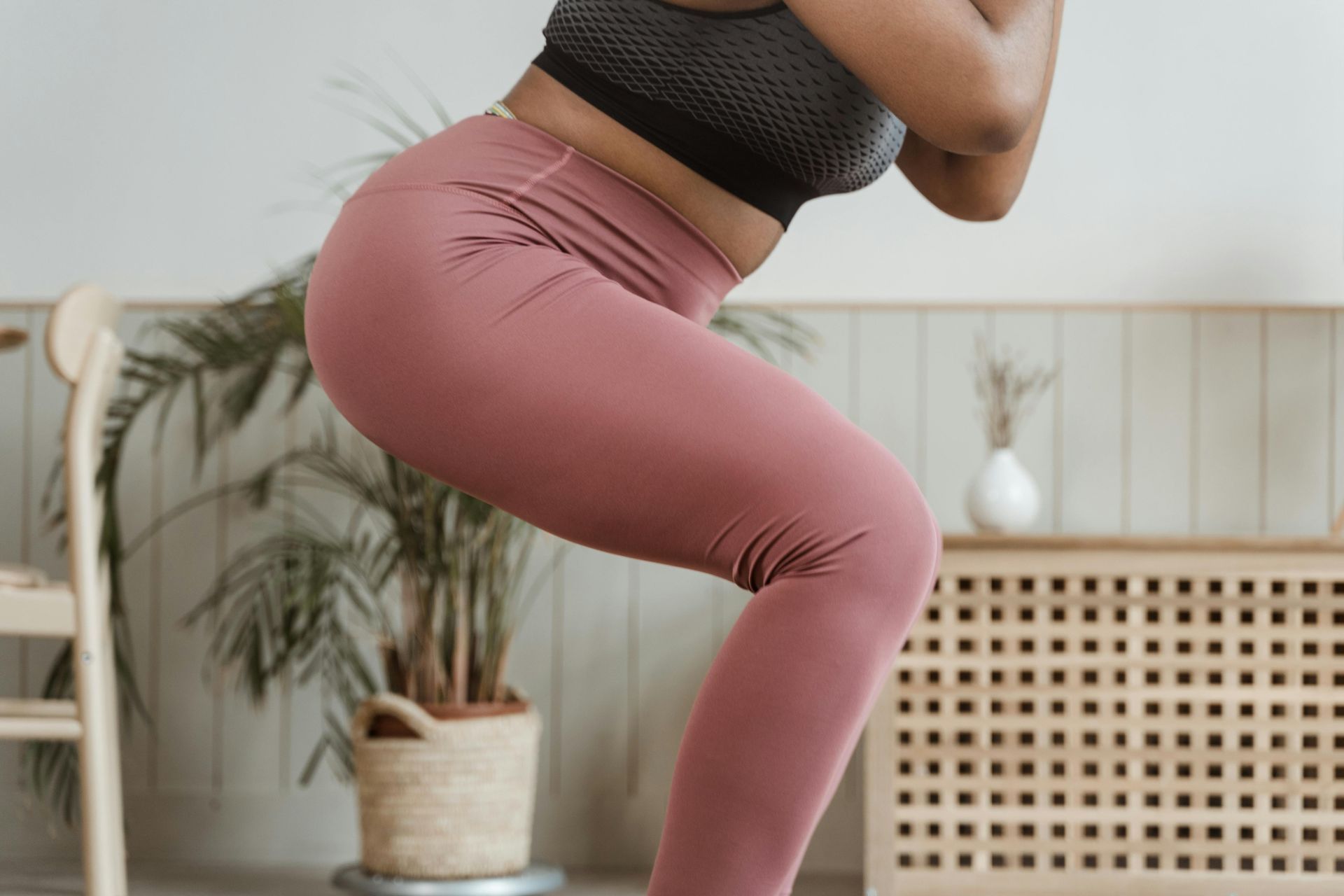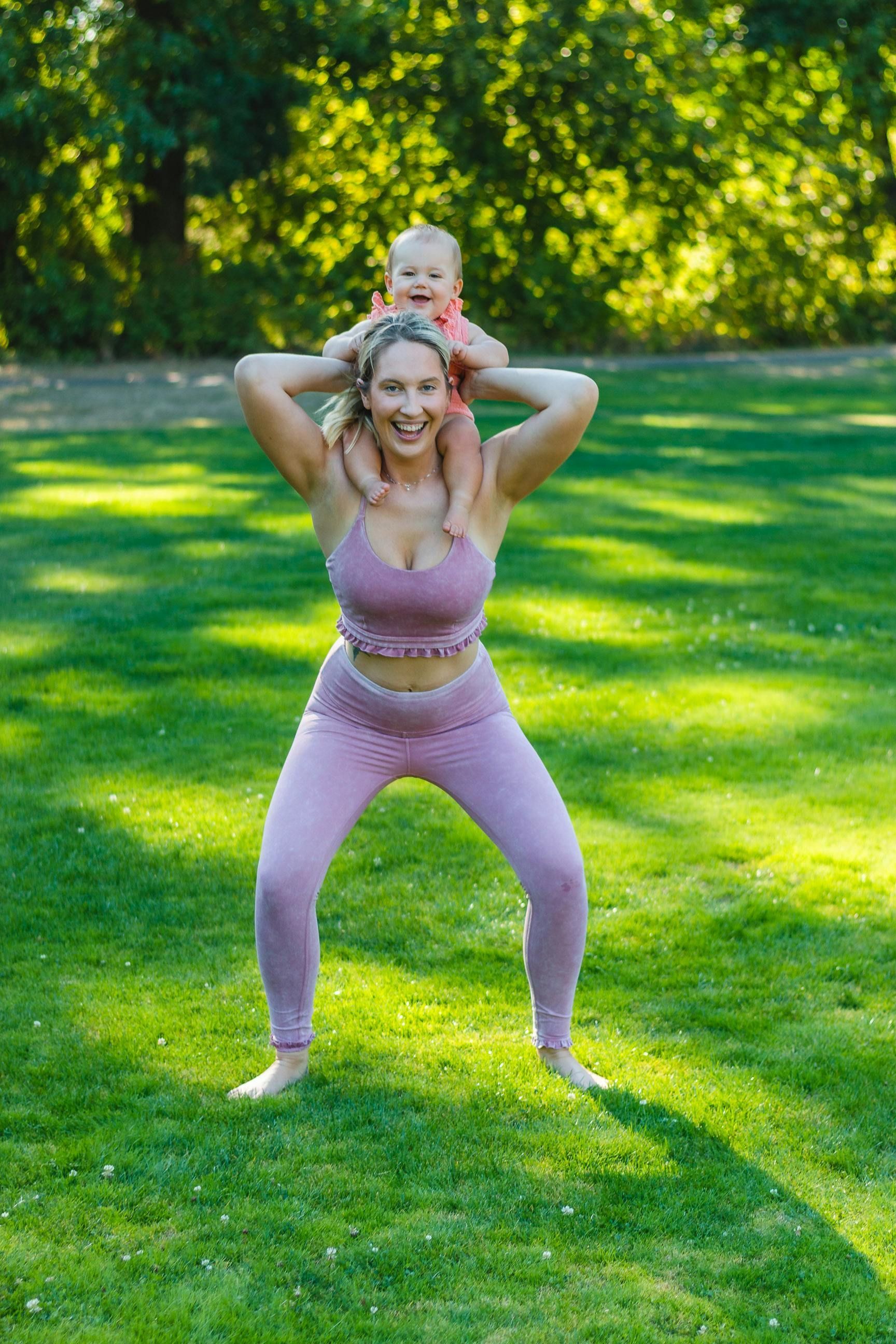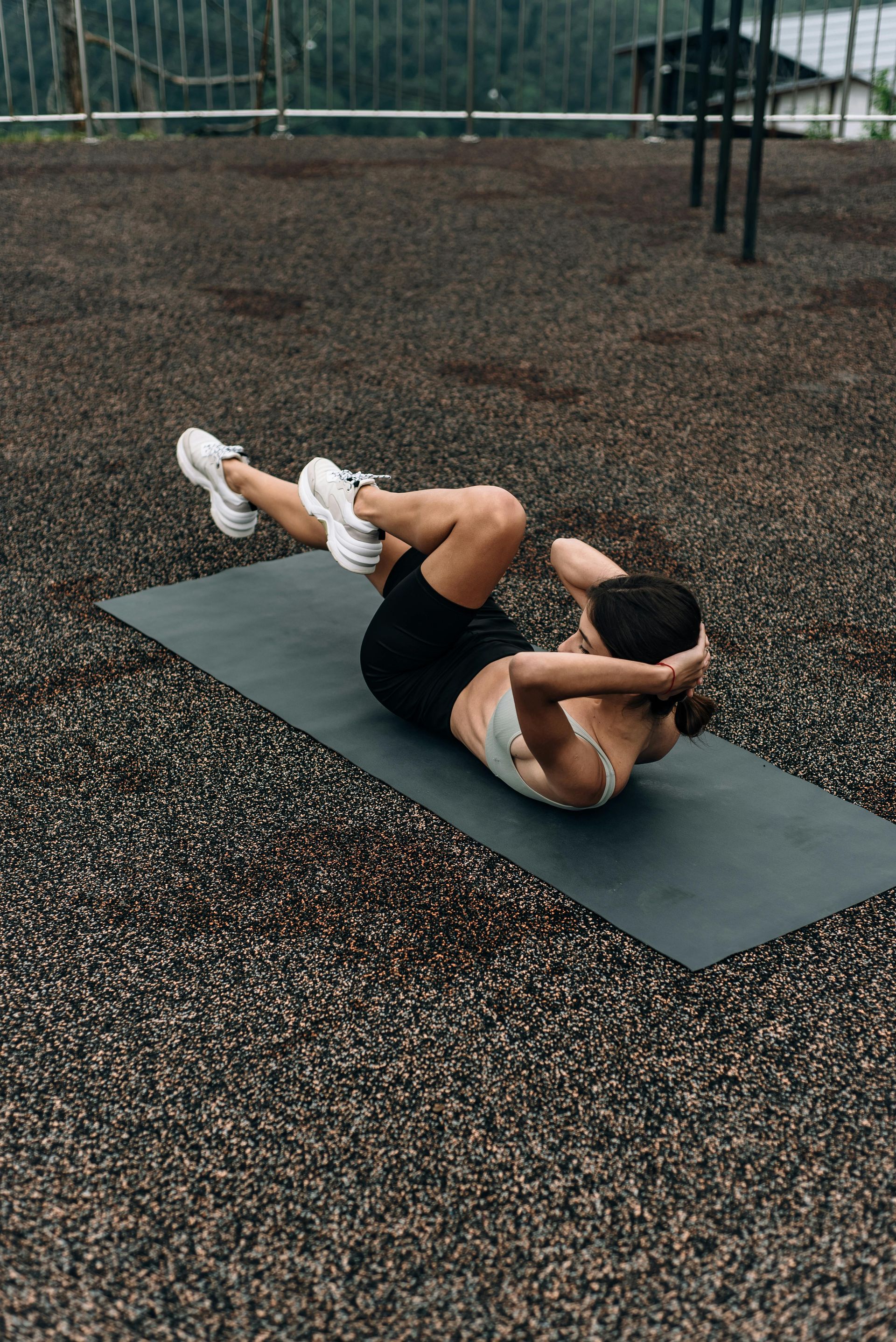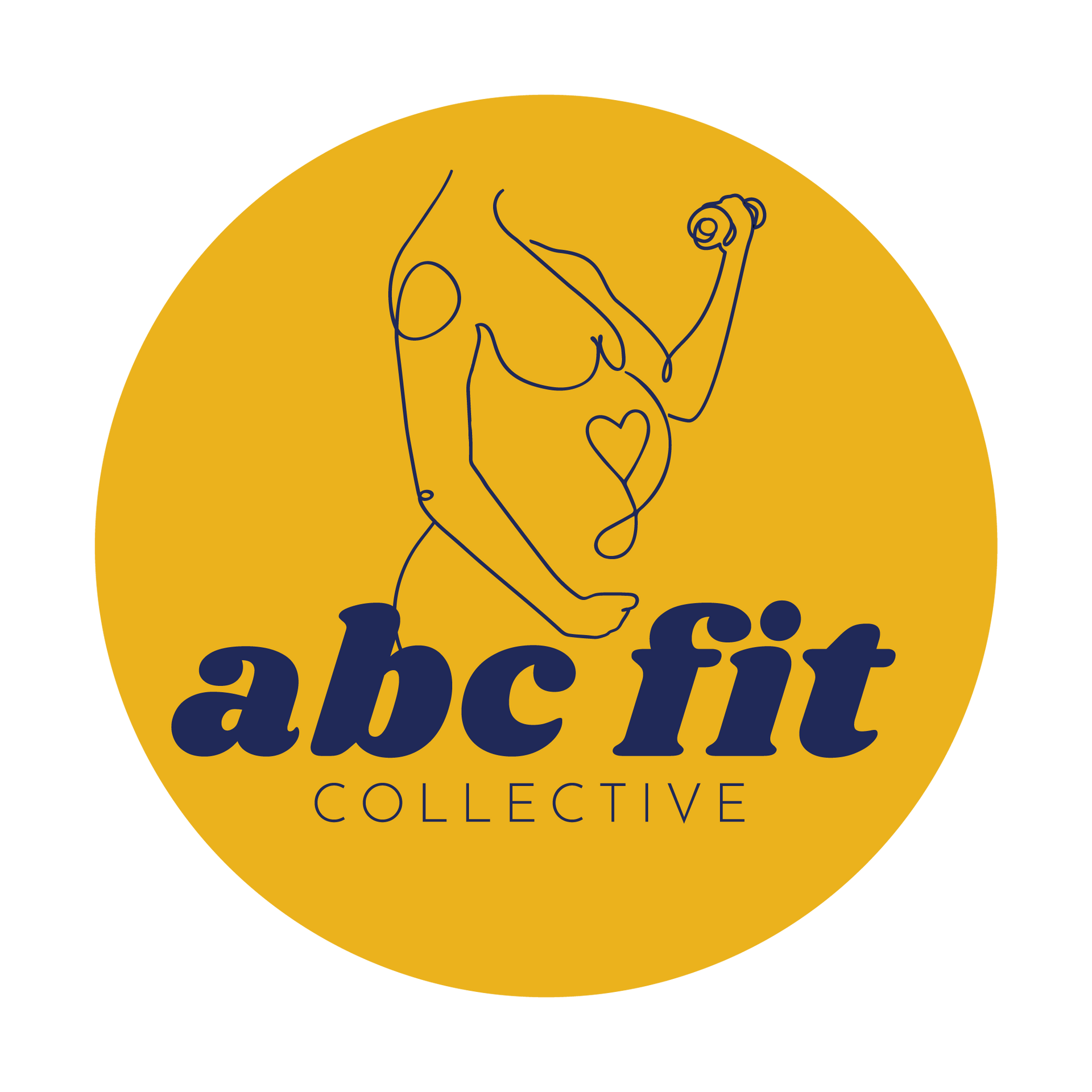Healing Your Core & Pelvic Floor After Birth: A Step-by-Step Guide
Welcome, Mama! Let’s Talk About Postpartum Recovery
Bringing a baby into the world is an incredible experience, but it’s no secret that pregnancy and birth take a toll on your body. Whether you had a vaginal delivery or a C-section, your core and pelvic floor have undergone significant changes, and proper healing is essential to feeling strong and supported in your postpartum journey.
If you’re wondering where to start, don’t worry; we’ve got you covered. This step-by-step guide will walk you through the key aspects of healing your core and pelvic floor after birth, helping you regain strength, confidence, and comfort in your body.
Step 1: Give Your Body Time to Heal
What to Expect:
- In the first few weeks postpartum, your body is naturally recovering. Your uterus is shrinking, tissues are healing, and your core and pelvic floor are adjusting after pregnancy and birth.
- You may experience some degree of pelvic discomfort, weakness, or core instability.
What You Can Do:
- Focus on rest and recovery in the early days. Allow your body to heal without pressure to “bounce back.”
- Prioritize deep breathing exercises to begin reconnecting with your core muscles.
- Use supportive gear like postpartum belly wraps if it helps you feel more stable (but avoid using them as a crutch for long-term support).
Step 2: Start with Breathwork & Gentle Core Engagement
Why It Matters: Your diaphragm, core, and pelvic floor work together as a system. Pregnancy can disrupt this connection, so re-training your breath is the foundation of rebuilding strength.
How to Begin:
- Diaphragmatic Breathing: Sit or lie down in a comfortable position. Place one hand on your belly and one on your chest. Breathe in deeply through your nose, allowing your belly to expand, then exhale gently, engaging your deep core muscles as you breathe out.
- Pelvic Floor Activation (NOT Kegels Alone!): Instead of just squeezing your pelvic floor, think about gently lifting and engaging it in coordination with your breath. Exhale as you lift, inhale as you relax.
- Avoid Traditional Crunches: These can put unnecessary pressure on healing tissues and worsen diastasis recti (ab separation).
Step 3: Strengthen Your Pelvic Floor & Core Gradually
Safe & Effective Exercises:
- Pelvic Tilts: While lying on your back with knees bent, gently tilt your pelvis upward, engaging your lower abs.
- Glute Bridges: Strengthens core stability while also supporting your pelvic floor.
- Heel Slides: Helps reintroduce core engagement in a safe and controlled way.
- Bird Dogs & Side-Lying Leg Lifts: Gentle exercises that strengthen deep core muscles without overloading them.
What to Avoid:
- High-impact exercises (running, jumping) in the early postpartum period.
- Intense abdominal exercises like sit-ups and planks until your core is strong enough.
Step 4: Check for Diastasis Recti (Ab Separation)
Diastasis recti is common postpartum and refers to the separation of the abdominal muscles.
How to Check for It:
- Lie on your back with knees bent and feet flat on the floor.
- Place fingers just above your belly button and lift your head slightly off the ground.
- If you feel a gap wider than two fingers, you likely have some degree of diastasis recti.
You can also check out the video below to do a diastasis recti self-check!
How to Heal:
- Continue focusing on breath work and deep core engagement.
- Avoid movements that cause doming or bulging in your midline (like traditional crunches or planks).
- Work with a postpartum specialist if you need targeted guidance.
Step 5: Incorporate Functional Strength Training
Once your core and pelvic floor have regained some stability, it’s time to rebuild strength with functional movements.
Best Strength Exercises for Postpartum Recovery:
- Squats (supportive for pelvic floor strength)
- Deadlifts (hip hinge movements to strengthen the back and core)
- Resistance Band Work (gentle yet effective core engagement)
- Modified Planks (once core integrity improves)
Step 6: Prioritize Self-Care & Seek Professional Support
Your recovery journey is unique, and it’s important to listen to your body. Some women experience more significant core weakness or pelvic floor dysfunction, which may require additional support.
When to Seek Help:
- If you experience pain or discomfort with movement.
- If you have ongoing pelvic floor issues like incontinence, prolapse, or pain.
- If diastasis recti is severe and not improving with proper exercises.
- Consider working with a pelvic floor physical therapist or a postpartum fitness specialist (like those in the ABC Fit Virtual Gym!).
Real-Life Success: Meet Emily
After the birth of her second son, a busy mom of two was determined to regain her strength and energy. She committed to training twice a week and made full use of the Virtual Gym, finding a routine that fit her lifestyle. With dedication and support, she not only rebuilt her strength but also regained her confidence. Here’s what she had to say about her journey with us!

The Bottom Line: You Deserve a Strong & Supported Recovery
Mama, your body has been through so much, and healing takes time. But with the right approach, you can rebuild your core and pelvic floor, regain strength, and feel amazing in your postpartum journey.
If you’re ready to start healing and strengthening with expert guidance and a supportive community, join the ABC Fit Virtual Gym today! Our postpartum recovery program is designed to meet you where you are and help you feel confident in your body again. 💪✨
You’ve got this, mama! 💖











